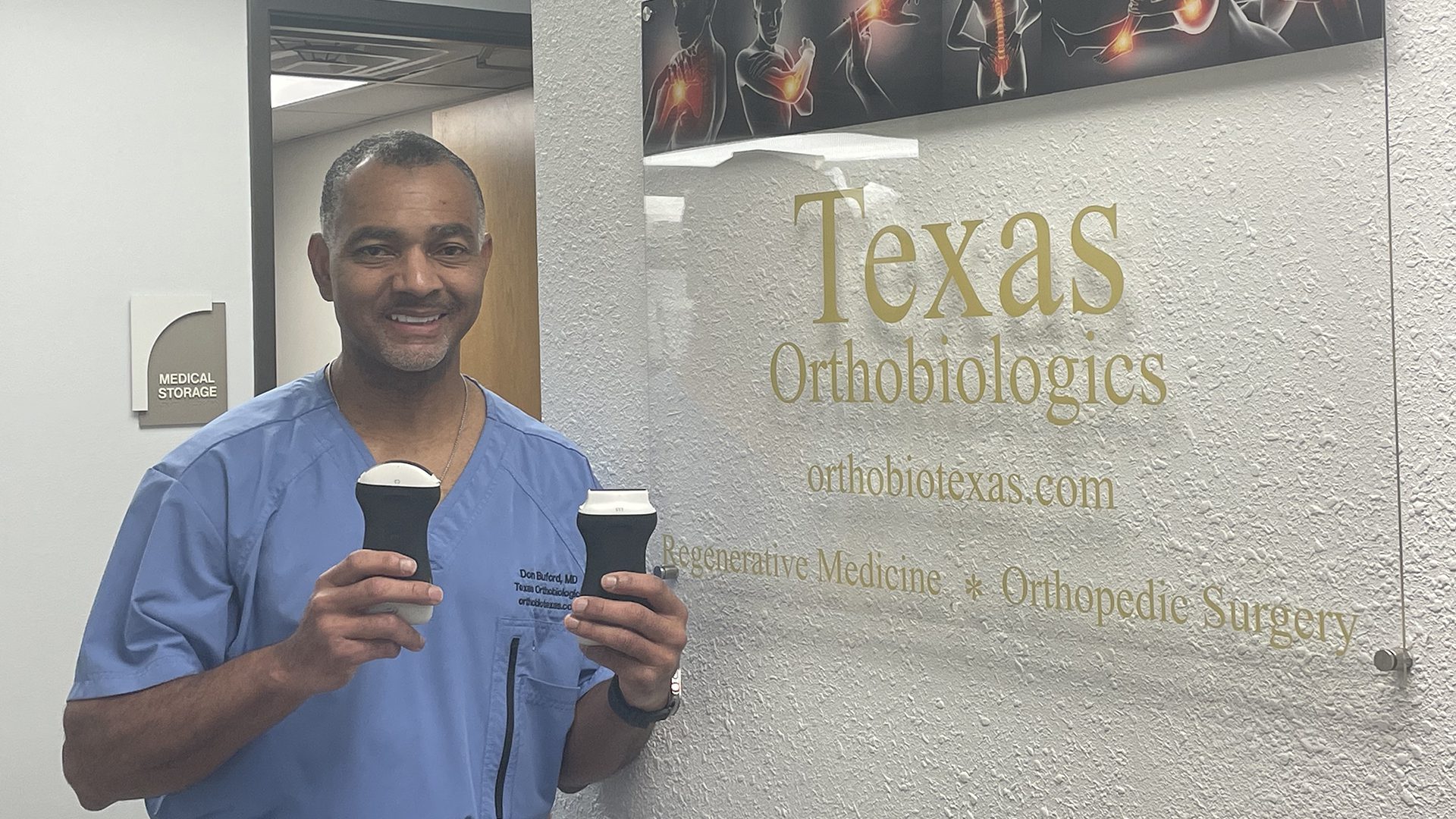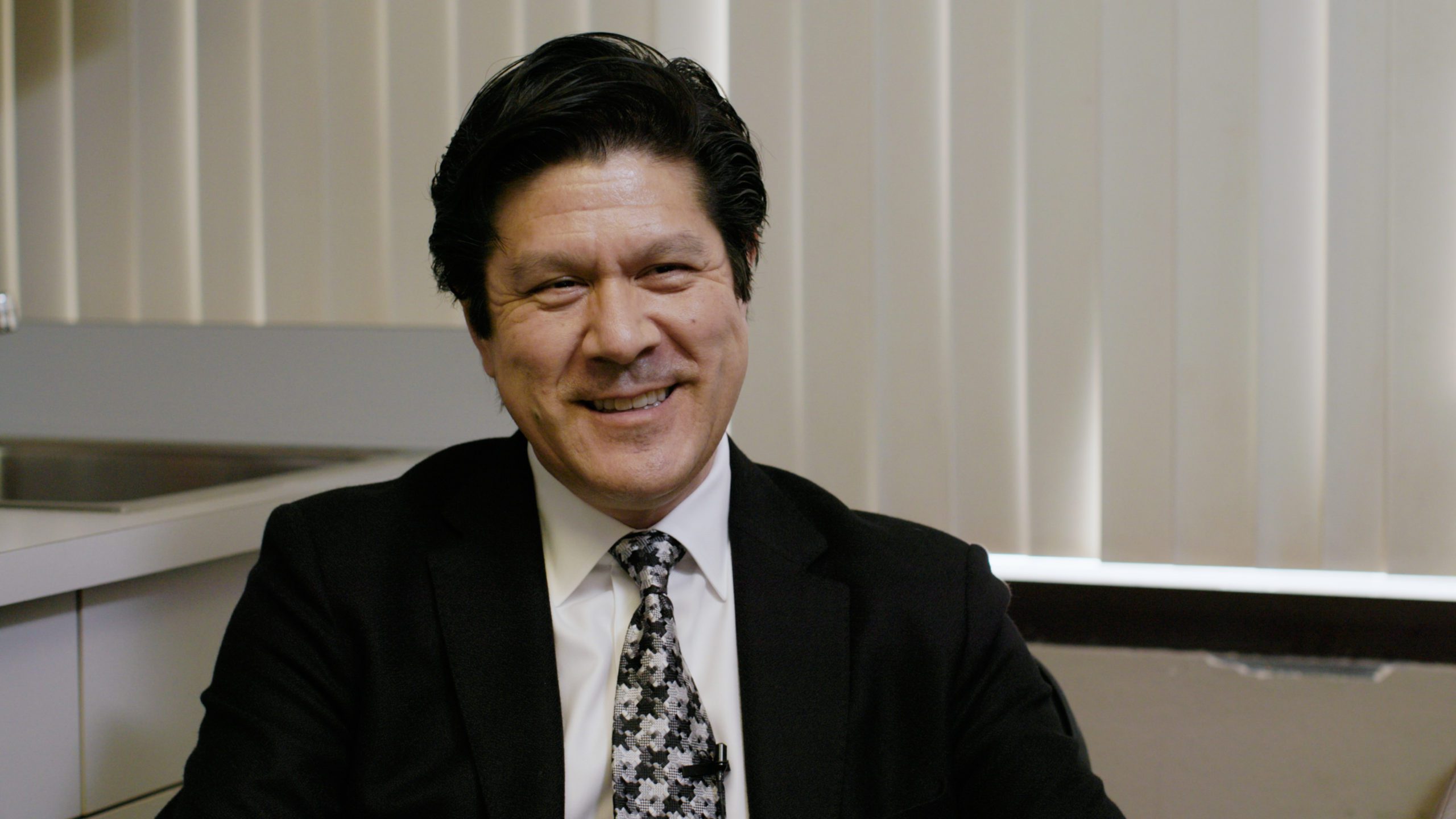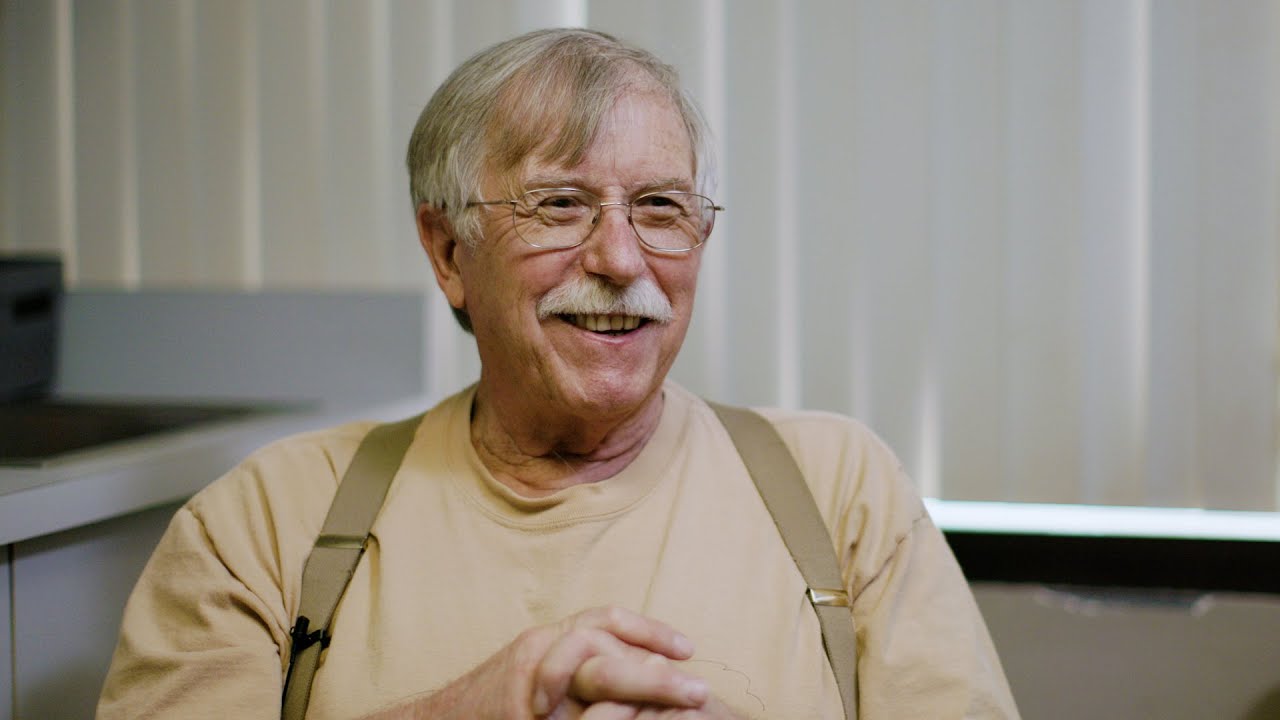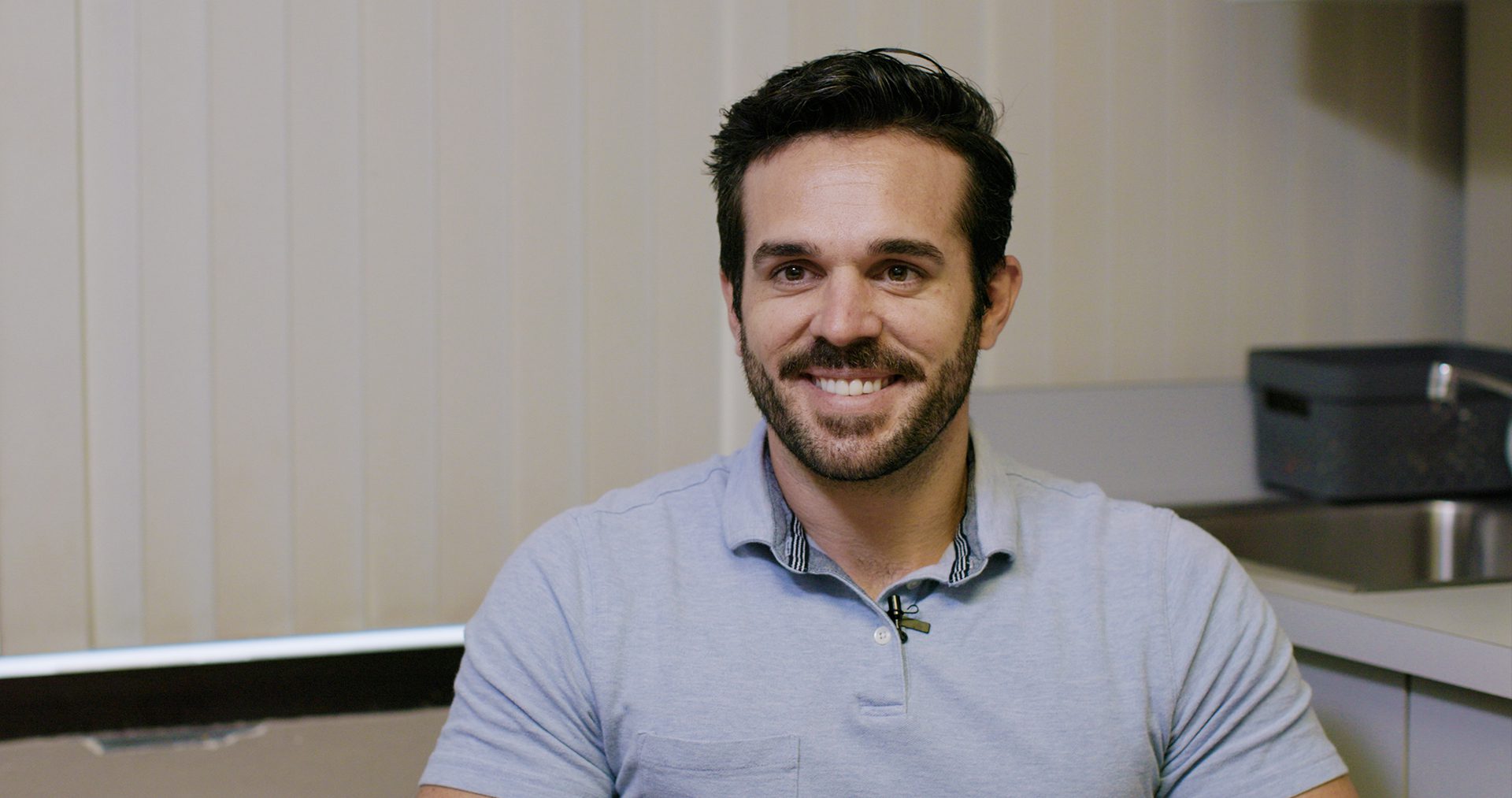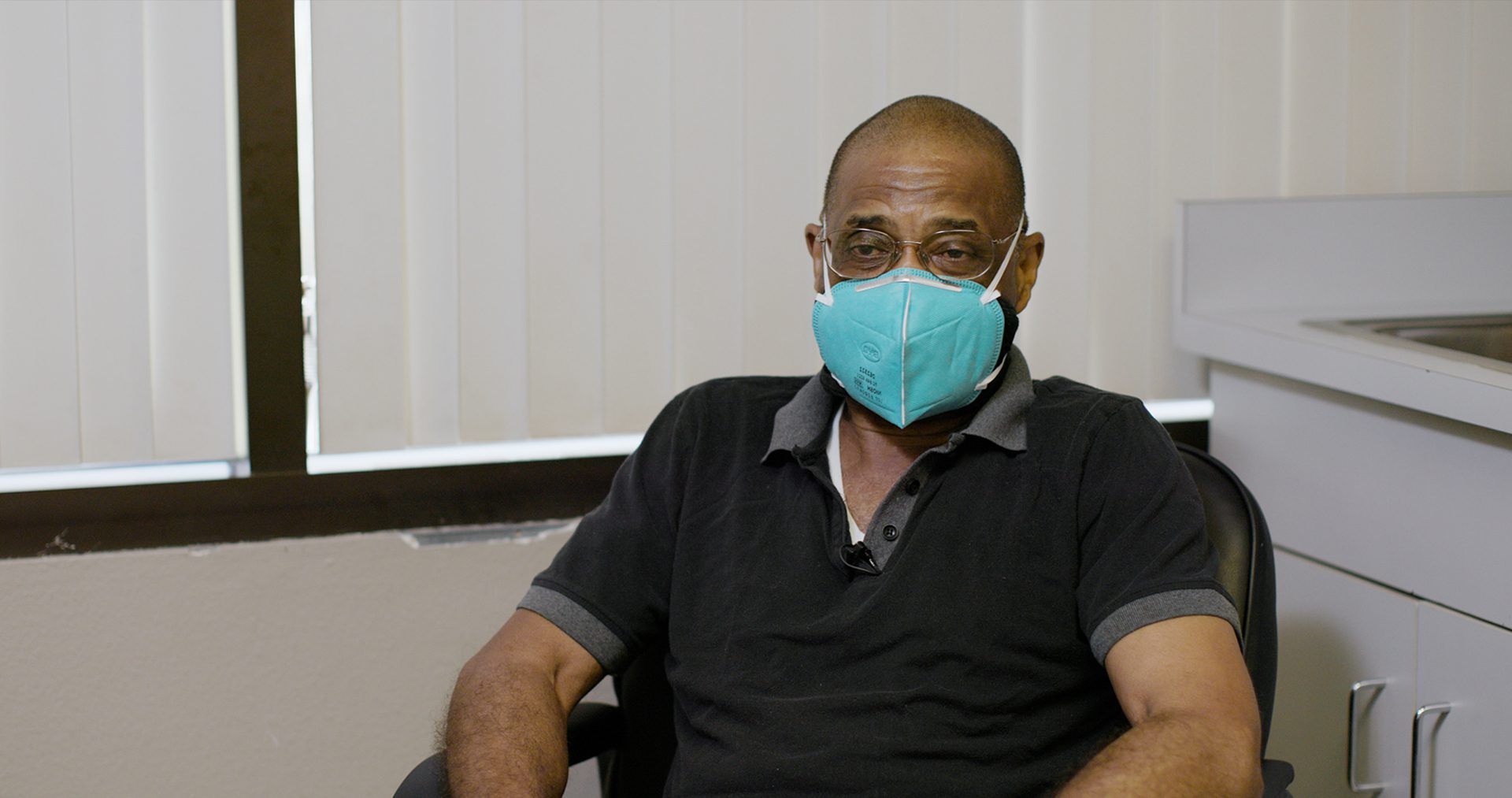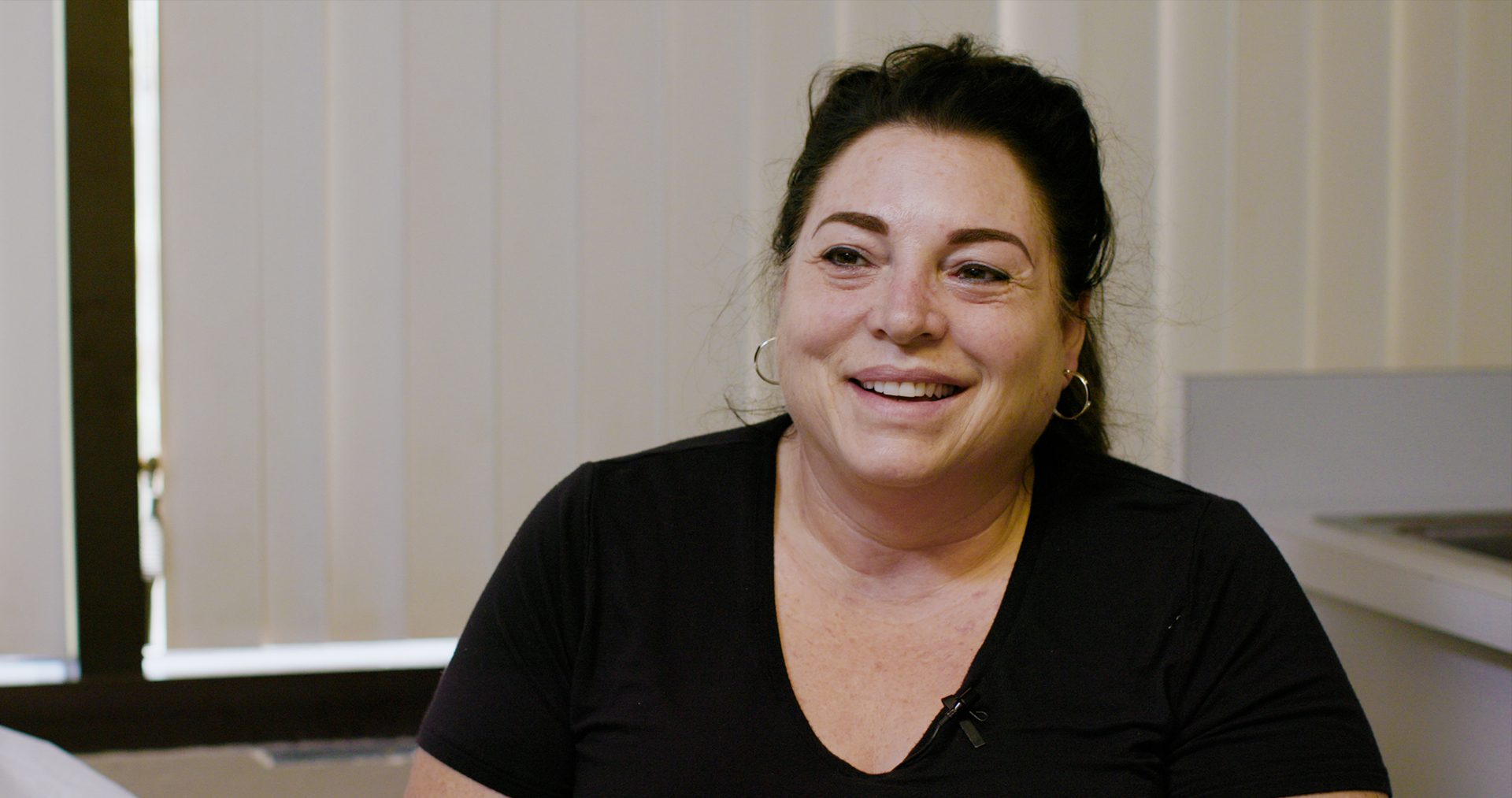My orthopaedic physician did not have an ultrasound in his location, so he was not able to give onsite injection and I was referred here to Dr. Hirahara. I think ultrasound has been invaluable in improving my care. He can make sure to hit the right spot so I don’t feel pain and everything goes smoothly.”
Testimonials
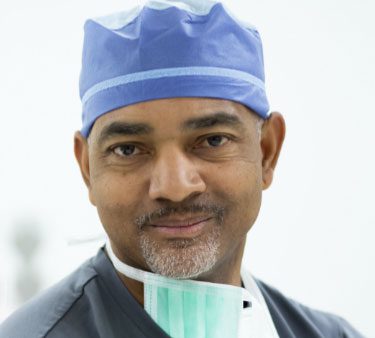
Dr. Don Buford
MD, FAAOS, RMSK
For a physician who has a sports medicine, orthopaedic, or physiatry practice. It’s an advanced device at an entry-level price, and that’s rare. Traditionally there’s been a direct correlation between the money you spend and the image quality you get on laptop machines ranging from 28,000 to 60,000+ USD. Now, with Clarius, for about 5,000 USD all in, you’ll get a device with the image quality you need that will carry you all the way through your orthopaedic career until you want to do more advanced diagnostics and procedures.”
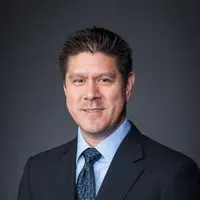
Dr. Alan Hirahara
MD, FRCSC
A lot of really, really good surgeons don’t think they need to use ultrasound, but I’ve learned that it’s a tool that all of us could use to do a better job,” he says. “I started using ultrasound when I saw that surgeons in other parts of the world were far head of us. They were using it to analyze the structure of tissues, tendons, muscles, and ligaments prior to administering orthobiologics treatments and were achieving better results.”
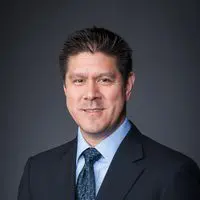
Dr. Alan M. Hirahara
MD, FRCSC
The new Clarius HD3 is almost like a traditional cart-based probe without the wire and the cart. If you put it behind the iPhone, you literally can’t see it. And what I was most blown away by was actually the new color Doppler feature. In addition to the actual quality of the image, you’re getting it wirelessly. It’s on par with any corded device I have.”
Eric Dunkle
With the Supartz, I get quite a relief. It’s like night and day. Because of the make up of the knee, it’s imperitive you get it in the right place. And with the ultrasound, it gets right there.”
Carter Lescault
The past surgeons I had been working with did not use ultrasound,” says Carter concerned about the efficacy of those costly procedures. “I got a PRP injections six months ago and the surgeon did not use ultrasound. They felt around where the lateral epicondyle was and injected into where they thought, to their best knowledge, the tendon was. But did they actually get it into the tendon, into that space? It certainly didn’t heal. The pain didn’t go away. Understanding that Dr. Hirahara used ultrasound, he could see, while he was putting the needled in, exactly the site that he needs to go into. And, when he started injecting into the site, I could feel it filling up. I know that’s going to start the healing process.”
Andrew Whitaker
He’s an excellent doctor. I’m all for the ultrasound because it’s better to do that than just be poking around and miss the spot,” says Andrew. “Because what ends up happening is you have to come back and get another injection sooner than later. But with the ultrasound, he could get to the spot and then the shot usually lasts anywhere from four to five months.”
Holly Krieg
He just shoved a needle directly into my knee cap and I was in excruciating pain,” says Holly. “It didn’t alleviate any pain. Then I went to see Dr. Hirahara and he has put me on the right path to pain relief.”

Harold Gartner
As a sports scientist, I don’t usually work with ultrasound but I was interested in how Dr. Vincent uses handheld ultrasound in the field with athletes,” says Harold. “I wanted to see it in action. What I saw today with Clarius is really fantastic for the people that work on the field, because what we did today was a real data study.”
